Classification refers to the orderly arrangement of organisms, based on their similarities and differences. The process of classifying plants had been practiced even in the ancient times. The main classification systems used in plants were:
Artificial Classification:
It is the first and the oldest system of plant classification. It was based on one or a very few easily observable morphological characters, such as habit, colour, number and shape of leaves etc. The classification gave equal weightage to vegetative characters and sexual characters
Example 1: Plants were classified into trees, shrubs and herbs based on their habit.
Example 2: Sexual classification system of Linnaeus (Classified plants into 24 classes based on the number of stamens.)
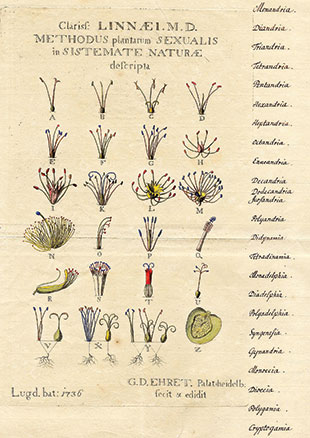
Natural Classification:
Natural classification used not only eternal features, but also internal characters (like anatomy, embryology and phytochemistry) in their system. It was introduced by Jean Bauhin in 1623.
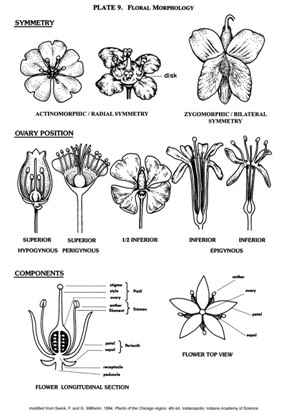
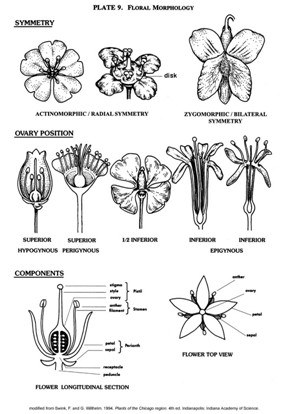
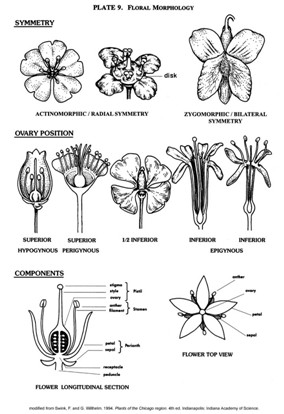
The most popular one is the classification of flowering plants by George Benthem and Joseph Dalton Hooker.
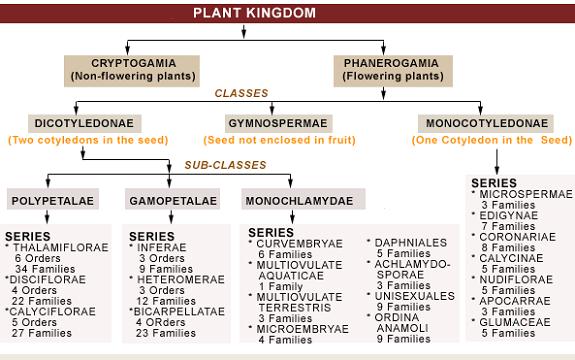
Phylogenetic Classification:
It is based on the evolutionary relationships between various organisms. Phylogenetic classification was first introduced by August Wilhelm Eichler in 1883. Most classification systems, proposed after Darwin, were phylogenetic.
This classification assumes that all organisms of the same taxa have a common ancestor. Organisms with the most ‘primitive’ characters would be the ancestor, and those with ‘advanced’ characters would be the most recently evolved organism. Hence, it forms a classification that explains the course of evolution of a group of organisms.
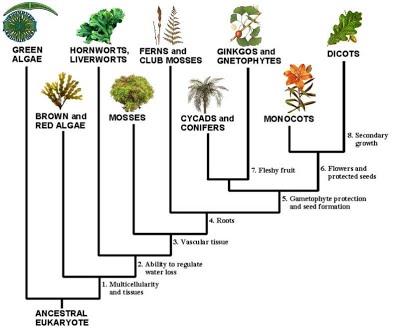
Numerical Taxonomy
In numerical taxonomy, all the observable characters are taken into account for classification. Each character is given a number or a code. The data so obtained is processed in a computer for classification.
Each character is given equal importance in this system, and a great number of characters can be evaluated at the same time.
Cytotaxonomy
Classification system based on the chromosome characteristics is known as cytotaxonomy. The characters taken into account are:
- Chromosome number
- Chromosome size
- Chromosome morphology
- Chromosome behavior during meiosis
Chemotaxonomy
Chemotaxonomy of plants is based on the similarities in the chemical structure of the compounds present in them.
The major criterias used for classification are:
- Major inorganic ions – CaCO3, SiO2
- Primary metabolites – Sugar, Sugar alcohols, Polysaccharides
- Secondary metabolites – Lipids, Terpenoids, Alkaloids etc.